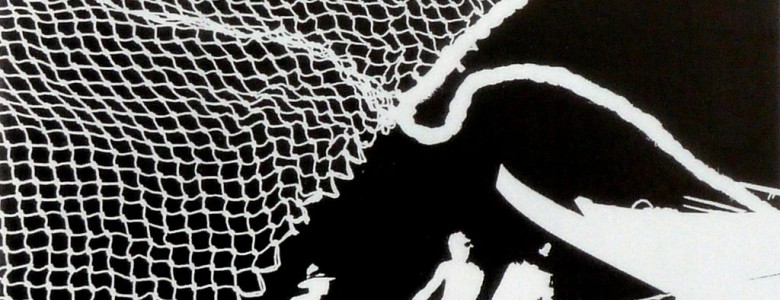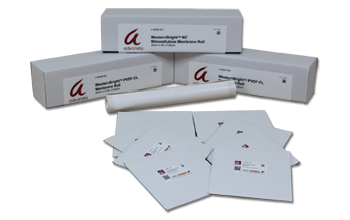
Before you start your next Western, we can help you decide which membrane will be best for your experiment.
The quick blot
Start with a quick experiment that doesn’t require the highest level of sensitivity. In this case, nitrocellulose is more convenient since it does not need to be activated.
(By activation we mean putting PVDF into methanol, washing it with distilled water and placing it into your transfer buffer.)
Nitrocellulose was one of the first membranes used and continues to remain a popular choice due to its fast binding properties, affordability, and convenience. Unlike PVDF, nitrocellulose does not require activation. Ease of hydration makes it an excellent choice for a quick slot blot or Western.
The perfect blot
Selection of the best membrane depends on the properties of the protein you are trying to detect. Protein size and overall charge are the critical parameters. If you don’t know much about your protein except for its amino acid sequence, you can use a predictive website, such as Prosite.
Now that you know what you are working with, choose your membrane:
*PVDF (polyvinylidene difluoride, since you ask) is a polar membrane, nitrocellulose – non-polar. If your protein is charged in your transfer buffer, you should stick to (pun intended) PVDF. If your protein is hydrophobic, use nitrocellulose. Because of its hydrophobicity, PVDF requires pre-wetting with methanol. Also, add SDS to your transfer buffer to improve blotting efficiency.
*Both membranes come in three pore sizes – 0.1, 0.25 and 0.45 μm. The smaller your proteins, the smaller pore size membrane you should use. Nitrocellulose is better for capturing smaller (<20 kDa) proteins while PVDF – large ones.
*PVDF binds more protein per square inch and has better durability. If you are thinking about multiple re-blots, which lose some protein every time you strip, use PVDF.
*PVDF not only has a higher protein accumulating capacity, but a higher sensitivity as well, so it’s advisable to use it for samples with low abundance proteins. On the other hand, this sensitivity may lead to a higher background. If your western looks too dirty, change to a nitrocellulose membrane. We supply nitrocellulose membranes with improved durability, which don’t crack as readily as standard nitrocellulose.
*If you want to sequence your protein, use PVDF, as nitrocellulose is not compatible with sequencing.
Not all PVDF membranes are created equal
All in all, it seems that PVDF wins in most side by side comparisons: it’s more durable, more sensitive and has a higher protein retaining capacity.
Most PVDF membranes are optimized for older, chemiluminescent Westerns. If your lab performs fluorescent Western Blots, you will need to use a PVDF, for example, our WesternBright PVDF-FL.


Leave a Reply